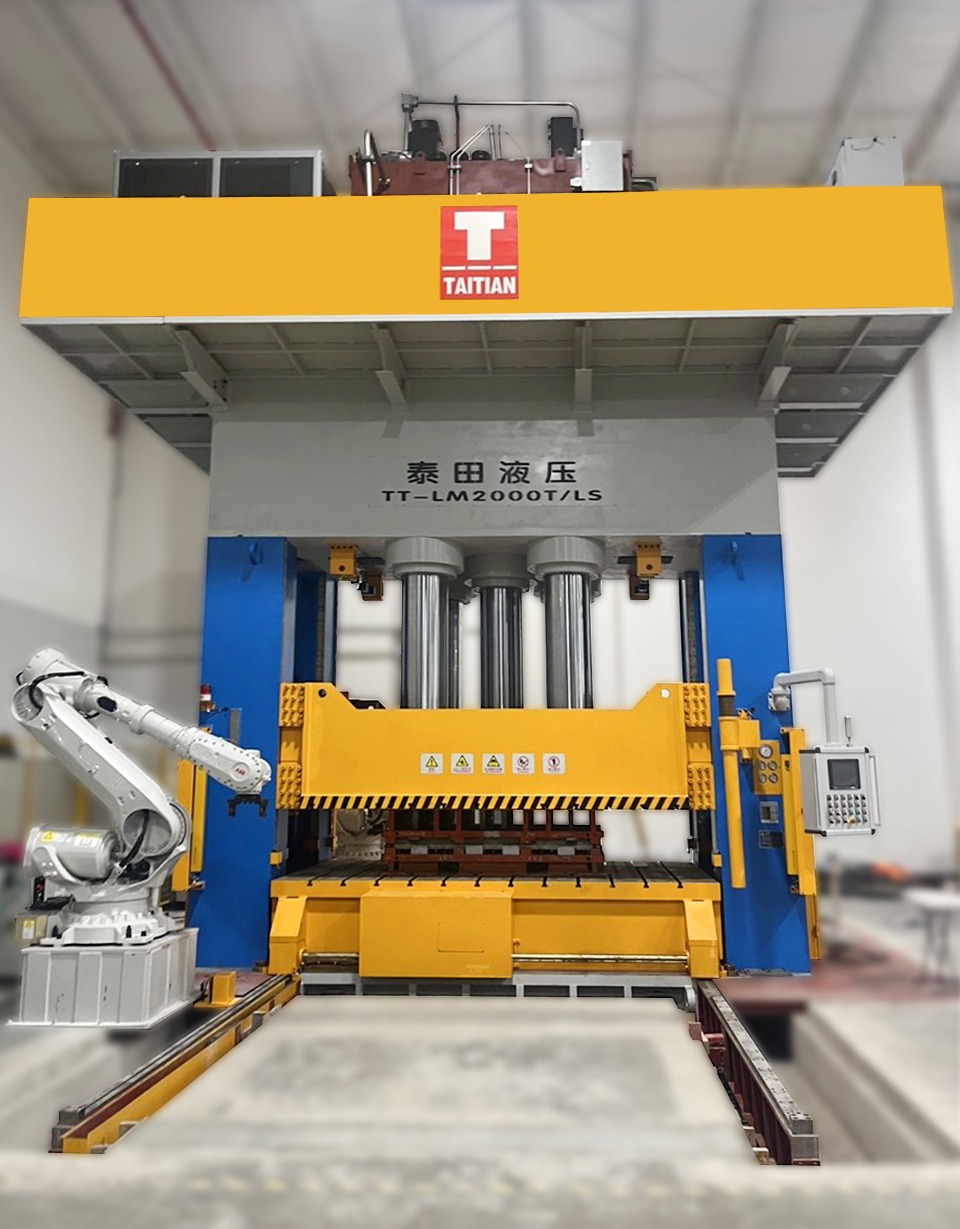- English
- 简体中文
- Español
- Português
- русский
- Français
- 日本語
- Deutsch
- tiếng Việt
- Italiano
- Nederlands
- ภาษาไทย
- Polski
- 한국어
- Svenska
- magyar
- Malay
- বাংলা ভাষার
- Dansk
- Suomi
- हिन्दी
- Pilipino
- Türkçe
- Gaeilge
- العربية
- Indonesia
- Norsk
- تمل
- český
- ελληνικά
- український
- Javanese
- فارسی
- தமிழ்
- తెలుగు
- नेपाली
- Burmese
- български
- ລາວ
- Latine
- Қазақша
- Euskal
- Azərbaycan
- Slovenský jazyk
- Македонски
- Lietuvos
- Eesti Keel
- Română
- Slovenski
- मराठी
- Srpski језик
What is the hydraulic principle of a hydraulic press?
2025-04-24
The hydraulic principle of a hydraulic press uses Pascal's law. When any point in a static fluid is subjected to external force and generates pressure, this pressure will be transmitted to all parts of the fluid in time. Simply put. Solids transmit pressure, and liquids transmit pressure. It is easy to understand that solids transmit pressure. How much force I use to press on an object, the object will use that much force to press other things, and the force balance is easy to understand. But what does it mean that liquids transmit pressure?

1. What is the difference between solid pressure and liquid pressure?
One of the major differences between solids and liquids is that the atoms in solids are fixed in a certain position, so solids have a fixed shape. The atoms in liquids can move freely and are not fixed in a certain position, so liquids have no fixed shape but only a fixed volume.
Therefore, if a needle is pierced into the surface of a solid metal cuboid, assuming that the needle is sharp enough and only pierces one atom. Then the atom under the tip of the needle is confined to its original position and cannot move at will, so it can only deviate from the equilibrium position. However, the deviation of this atom will pull more atoms around it away from the equilibrium position. It is equivalent to an atom being pressed down, and a dozen atoms around it pull it together, not wanting it to be pressed down. Since there are more than a dozen people pulling one, the force on each atom is naturally much smaller than the external force on that atom. When the atom being pressed reaches force balance, the combined force of these dozen atoms is equal to the external force on the needle tip. Although the forces are equal, the force on each atom is smaller, that is, the pressure is smaller.
2. Working principle of hydraulic press
Pascal's law has a very important application in production technology, and hydraulic press is an example of Pascal's principle. It has many uses, such as hydraulic braking. If there are two pistons of different sizes in a fluid system, a small thrust is applied to the small piston, and a larger thrust is generated on the large piston through the pressure transmission in the fluid. Pressure is equal to pressure multiplied by area, which is the same as the principle of a jack. When lifting heavy objects, the pressure in the steel column is equal to the pressure in the oil pipe. However, due to the large area difference, such as 20 times, the pressure is equal to pressure multiplied by area, so we can use 1 times the force to get 20 times the force of the steel column through the oil pipe. The hydraulic press achieves the purpose of increasing the thrust force through the transmission of pressure and the change of contact stress area!


